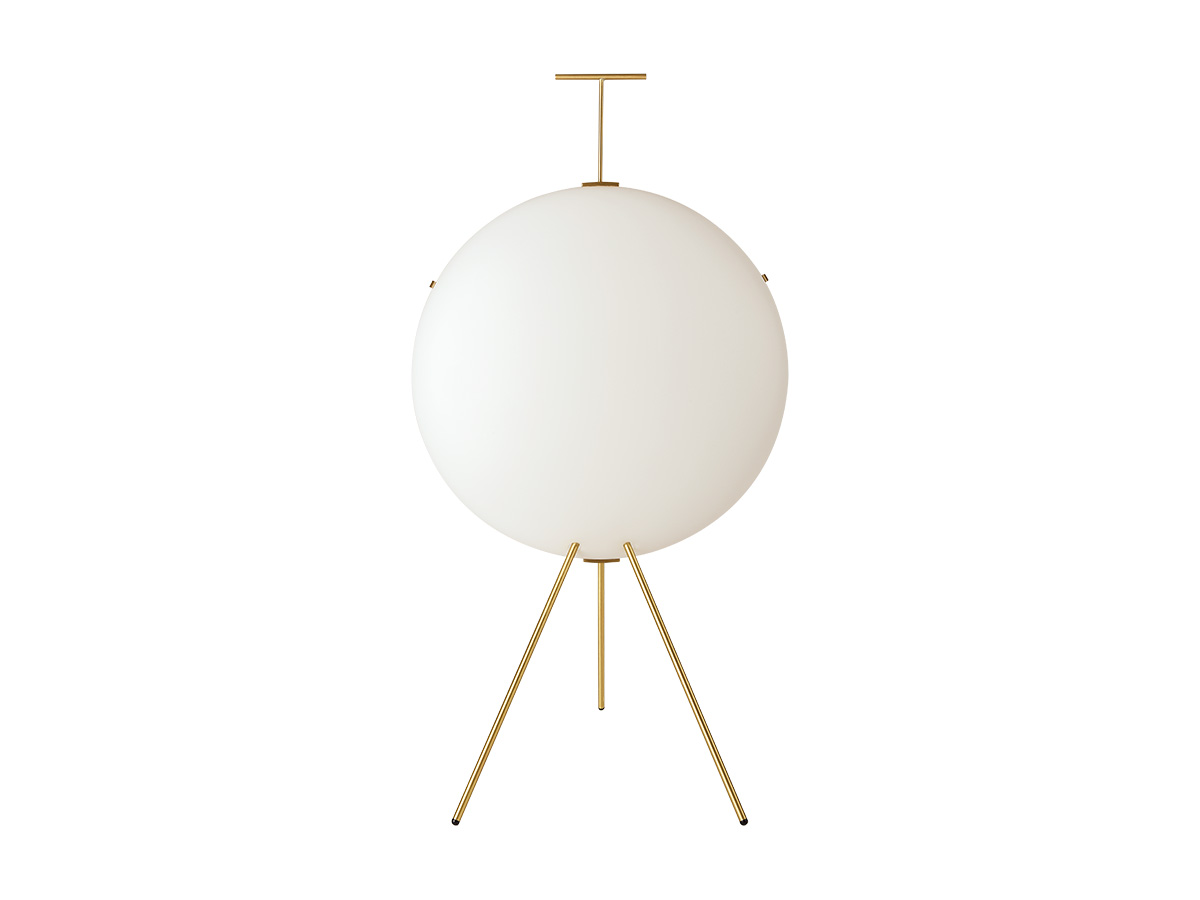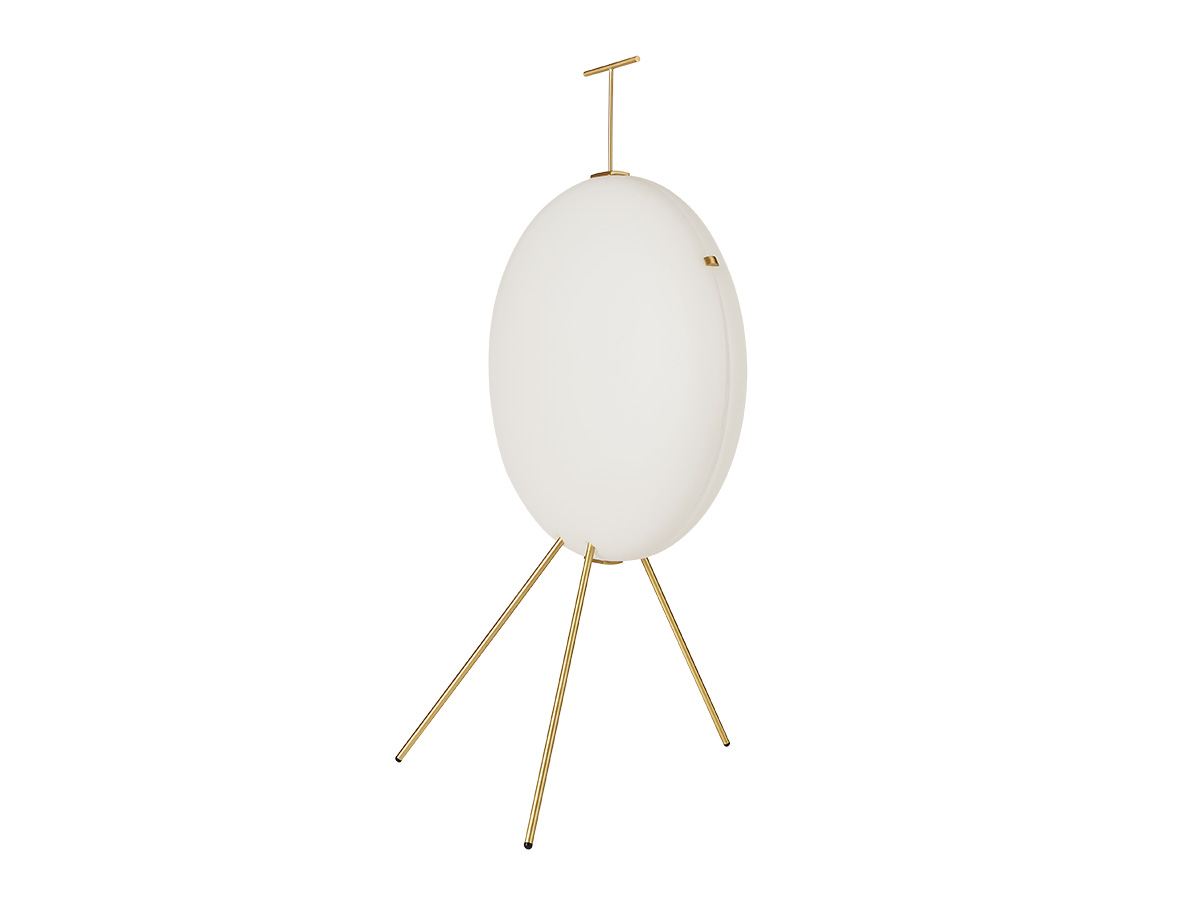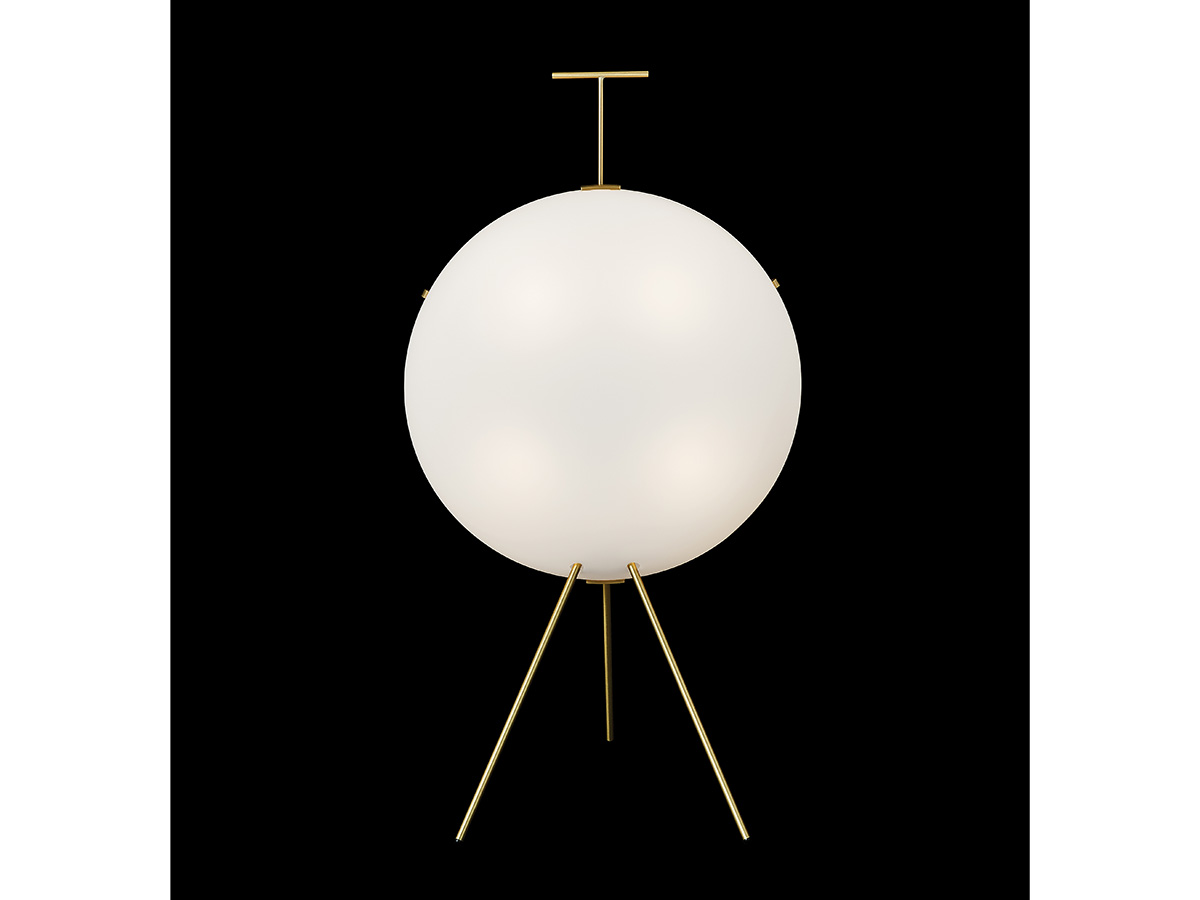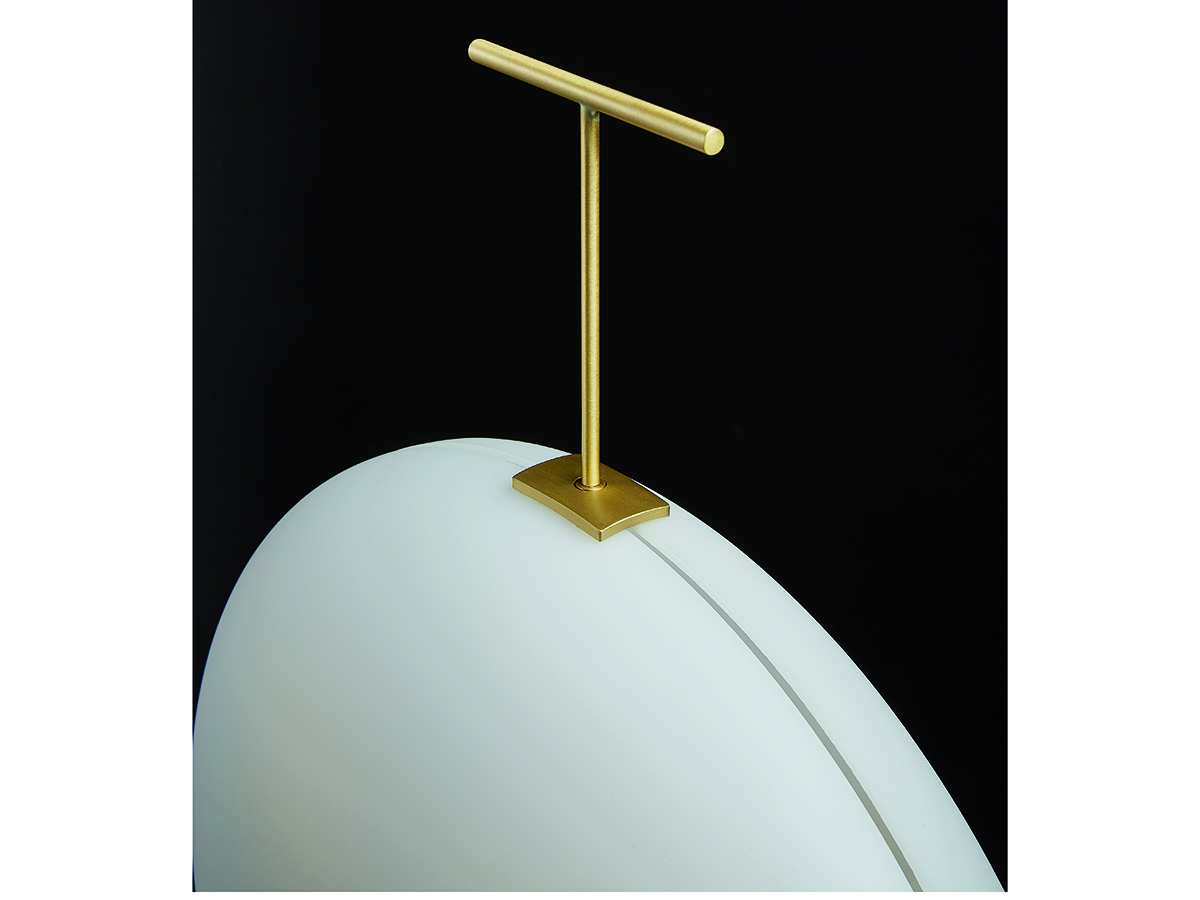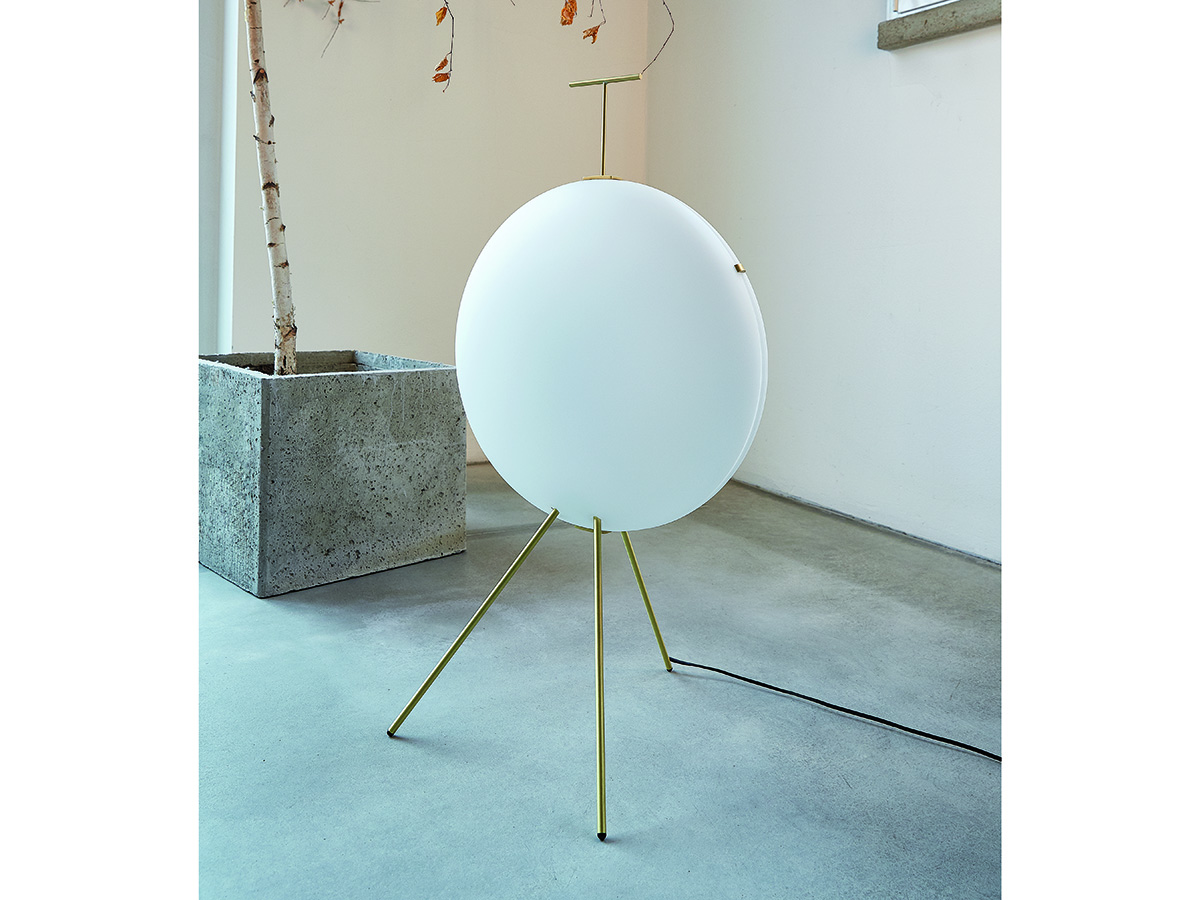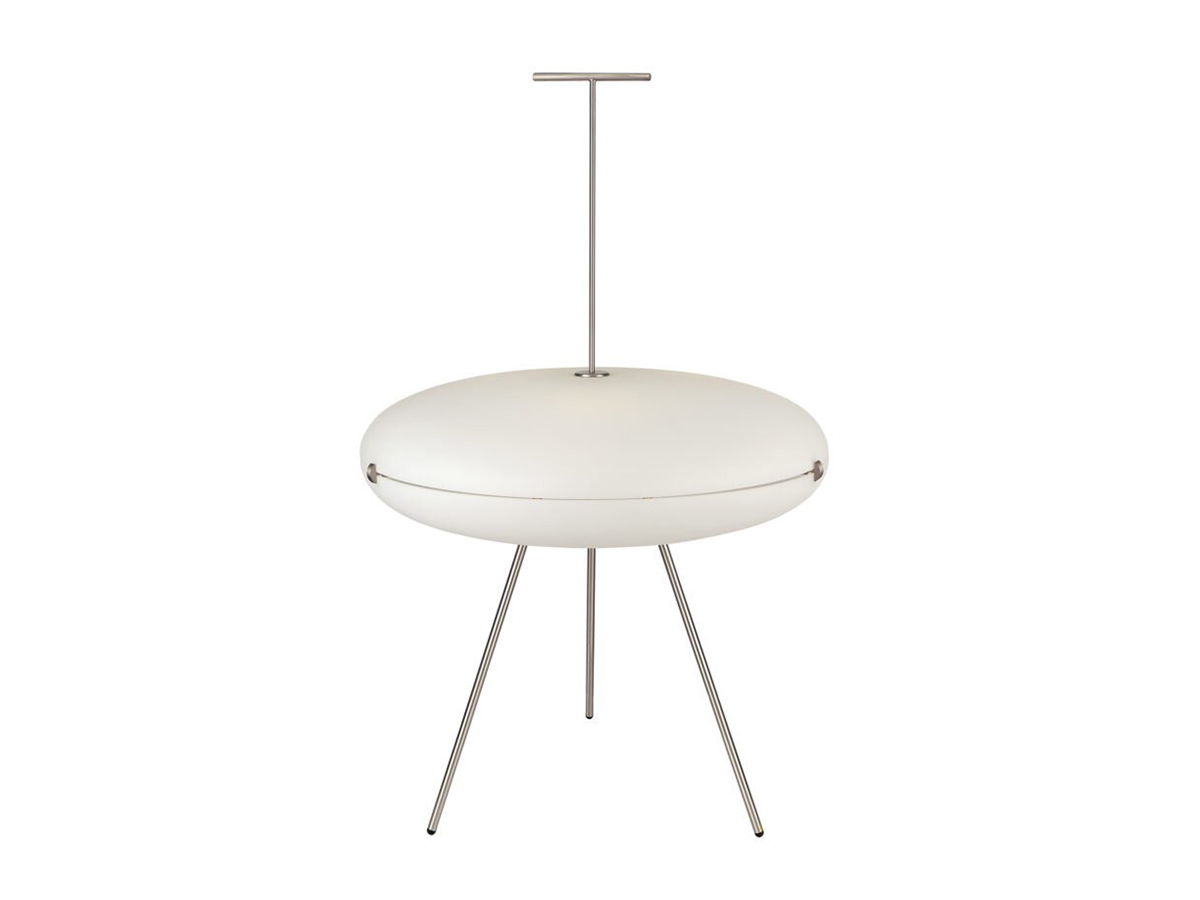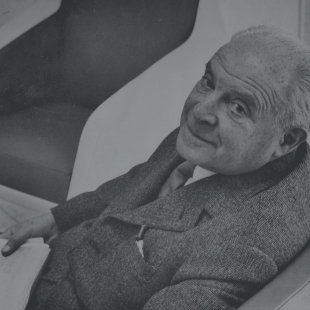Tato
Luna Floor Lamp
Verticale
The Luna floor lamp by Tato was born from the inspiration of Gio Ponti's design and his ability to imagine unique and highly characteristic furnishing elements. The design includes a plastic diffuser anchored to a metal structure available in different finishes including satin brass or satin nickel. The idea was born for the eleventh edition of the Milan Triennale in 1957, now put into production in the horizontal floor version which includes a sphere crushed by poles on the vertical and horizontal axis. The top handle makes it easy to move the structure to different parts of the house. Simple and strongly inspired, Luna is a luminous element particularly suitable for classroom contexts, but can still lend itself to more heterogeneous uses.
W.50 x D.50 x H.105 cm
Salvioni Design Solutions delivers all around the world. The assembly service is also available by our teams of specialized workers.
Each product is tailor-made for the personal taste and indications of the customer in a customized finish and that is why the production time may vary according to the chosen product.
To discover the full range of services available, visit our delivery page.
Suggested versions (2)
Personalize your request
Frame
Select
Brass Frame
Nickel Frame
Nickel Frame
Select
Select
Tato is a company specialized in the production of high-end furniture with an exquisitely essential and minimalist style. The functionality-oriented design and the choice to create pure shapes without unnecessary frills give it a Nordic character that goes well with the contemporary taste of "furnishing more with less". Among Tato's numerous creations it is right to mention lamps and living room furniture available in numerous possibilities of bookcases, seats and tables. Equally interesting is the range of lighting proposals, which range from table lamps to pendant lamps, without neglecting floor and wall lamps.Read more
Designed by
Gio Ponti
Gio Ponti (1891-1979) is considered the great “noble father” of Italian design. Milanese since his birth, one of the greatest architects of the twentieth century, he has conceptualized for his whole life a peculiar Italian way to modernity, in which the rich artisan and decorative tradition was not overcome, but enhanced and integrated at best with the most recent trends. Among his most famous works, the Pirelli skyscraper in Milan, a technical prodigy and at the time the tallest building in Italy, and Palazzo Montecatini. His theoretical and popularizing activity was very intense: in 1928 he founded the magazine Domus, which he directed for a long time for several periods, until almost his death, and which still remains the focal point of the debate on Italian architecture. It was also his idea to establish the Compasso d'Oro, in collaboration with la Rinascente, and he was one of the promoters of the birth of ADI, the Association for Industrial Design. His practical activity as a designer was also intense and full of successes: in the 1920s he was artistic director of Richard Ginori, helping to renew the world of ceramics, and then in 1932 he founded the FontanaArte company, with which he dedicated himself to the sector of lighting. In the postwar period he collaborated with Cassina, Venini, Ideal Standard and many other companies. Since 2012, Molteni & C. collaborates with the heirs of the Maestro to re-propose many of his most famous furnishings in a dedicated collection of great philological precision.Read more
